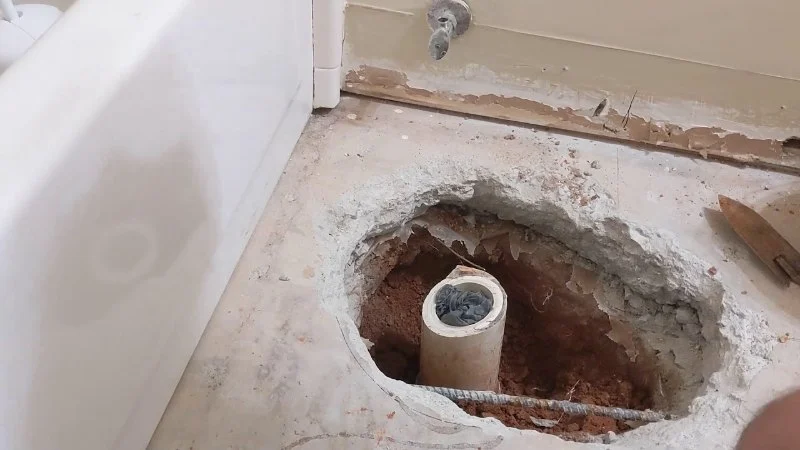
- Identifying the Broken Pipe in a Slab Foundation
- Tools Required for Pipe Replacement
- Steps to Replace a Broken Pipe
- Preventing Future Pipe Damage
Identifying the Broken Pipe in a Slab Foundation
Replacing a broken pipe in a slab foundation can be a challenging but necessary task for homeowners dealing with water leaks or plumbing issues. The first step in the process is identifying the source of the problem. A broken pipe under a concrete slab foundation often manifests through signs such as low water pressure, water pooling on the floor, or damp spots on the walls. In some cases, you may notice an unusually high water bill, indicating that water is leaking beneath the foundation.
To locate the exact spot of the break, you may need to hire a professional plumber who uses specialized tools like thermal cameras or sound equipment to pinpoint the problem. However, if you're confident in your DIY skills, you can perform an initial inspection by looking for visible signs of dampness on the floor or walls near the suspected area of the break.
Tools Required for Pipe Replacement
Replacing a broken pipe in a slab foundation requires specific tools and materials. Before starting the job, ensure you have the following items:
- Pipe cutter or hacksaw
- Pipe wrench or adjustable wrench
- Pipe replacement kit (including fittings, connectors, and pipe material)
- Concrete cutting tools (if needed to access the pipe)
- Plumber's tape and sealant
- Safety gear (gloves, goggles, knee pads)
Once you have gathered all the tools, you'll be ready to begin the repair process. If you're unsure which tools to use, a visit to a local hardware store or consultation with a plumber can help guide you toward the right equipment.

Precision Plumbing of Athens Ohio LLC
8272 New Marshfield Rd, Athens, OH 45701, USA
Steps to Replace a Broken Pipe
Now that you've identified the problem and gathered the necessary tools, it’s time to replace the broken pipe. Below are the detailed steps for performing the replacement:
- Turn off the water supply: Before you start, make sure to turn off the main water valve to prevent flooding. This step is crucial to ensure safety during the repair process.
- Access the broken pipe: In many cases, the broken pipe will be buried under the concrete slab. You will need to carefully cut through the concrete using specialized tools or a jackhammer if necessary. This process can be time-consuming and labor-intensive, so be prepared for a challenging task.
- Cut out the damaged section: Once the pipe is exposed, use a pipe cutter or hacksaw to remove the broken section of the pipe. Make sure to cut the pipe evenly to ensure a clean connection when installing the new pipe.
- Install the new pipe: After removing the damaged pipe, insert the replacement pipe. Use appropriate connectors or couplings to secure the new pipe in place. Be sure to use plumber's tape and sealant to prevent leaks at the joints.
- Test the repair: Once the new pipe is installed, turn the water supply back on and check for leaks. If everything is functioning properly, you can proceed to close up the access point.
- Seal the concrete: If you had to cut into the concrete slab to access the pipe, be sure to seal it properly to prevent water infiltration and to restore the foundation’s integrity.
Preventing Future Pipe Damage
To prevent future damage to your plumbing system, there are several proactive steps you can take:
- Regular inspections: Schedule regular plumbing inspections to identify potential problems before they worsen. A professional plumber can assess your system and detect hidden issues like corrosion or weak spots in the pipes.
- Proper insulation: Pipes in slab foundations can be vulnerable to temperature fluctuations, especially in colder climates. Insulating your pipes can help protect them from freezing and cracking.
- Water pressure regulation: Excessive water pressure can cause strain on your pipes, leading to leaks or bursts. Install a pressure regulator to ensure that your system operates within the recommended pressure range.
- Maintain proper drainage: Ensure that the ground around your foundation is properly graded and that water drains away from your home. This can prevent moisture buildup under the slab, which can lead to pipe corrosion and damage over time.
By following these preventive measures, you can reduce the likelihood of future plumbing issues in your slab foundation and extend the lifespan of your pipes.

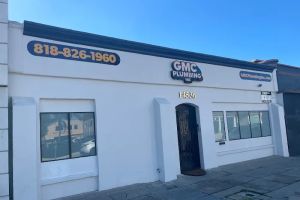
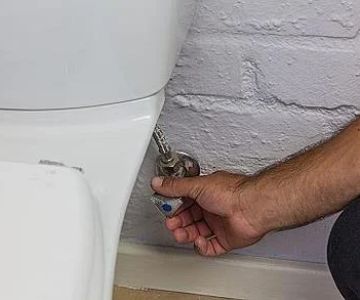
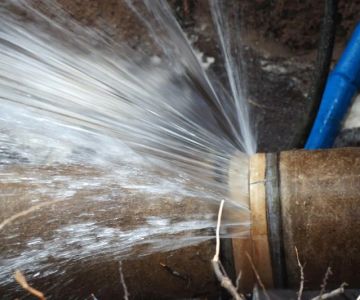
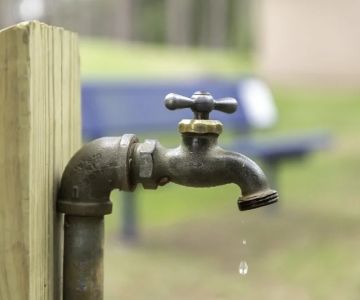
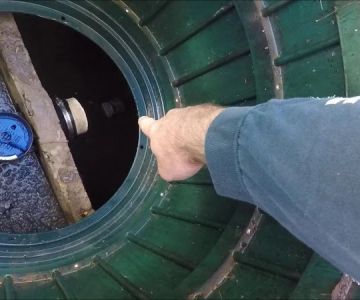
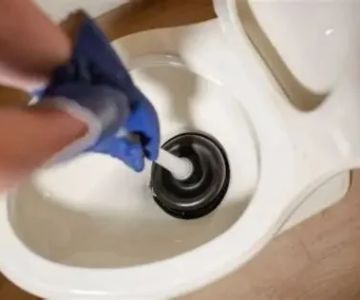
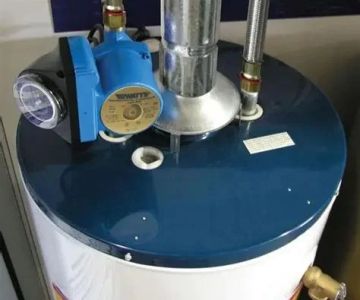
 Blue Whale Backflow, Plumbing, & Excavating4.0 (46 reviews)
Blue Whale Backflow, Plumbing, & Excavating4.0 (46 reviews) J&S Construction and Services LLC5.0 (29 reviews)
J&S Construction and Services LLC5.0 (29 reviews) Triple Crown Plumbing5.0 (239 reviews)
Triple Crown Plumbing5.0 (239 reviews) Petersen Plumbing Inc4.0 (66 reviews)
Petersen Plumbing Inc4.0 (66 reviews) The Luke N. Reuter Co., Inc.5.0 (3 reviews)
The Luke N. Reuter Co., Inc.5.0 (3 reviews)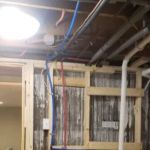 Flo-Rite Plumbing And Well Service LLC5.0 (65 reviews)
Flo-Rite Plumbing And Well Service LLC5.0 (65 reviews)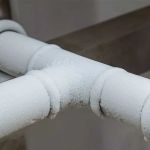 What Causes Frozen Pipes and How You Can Prevent It - Expert Tips
What Causes Frozen Pipes and How You Can Prevent It - Expert Tips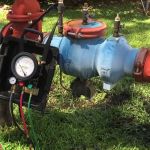 How to Test Backflow Preventers Annually: A Step-by-Step Guide
How to Test Backflow Preventers Annually: A Step-by-Step Guide How to Replace a Plastic Pipe Fitting That Fails
How to Replace a Plastic Pipe Fitting That Fails How to Effectively Clean Residue and Scale from Faucets and Showerheads
How to Effectively Clean Residue and Scale from Faucets and Showerheads How to Reroute a Plumbing Run Over a Crawlspace: A Step-by-Step Guide
How to Reroute a Plumbing Run Over a Crawlspace: A Step-by-Step Guide How to Choose a Reliable Plumbing Service in Your Area
How to Choose a Reliable Plumbing Service in Your Area